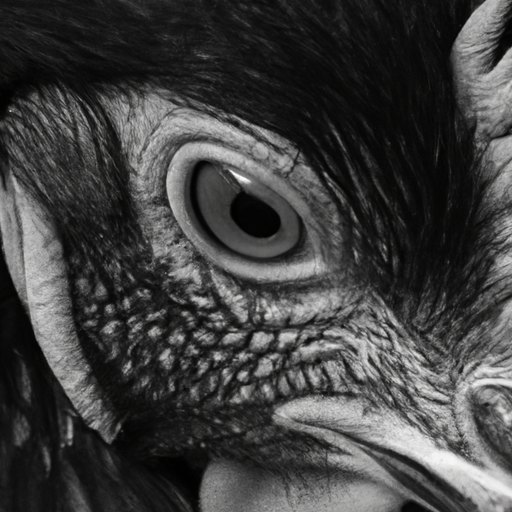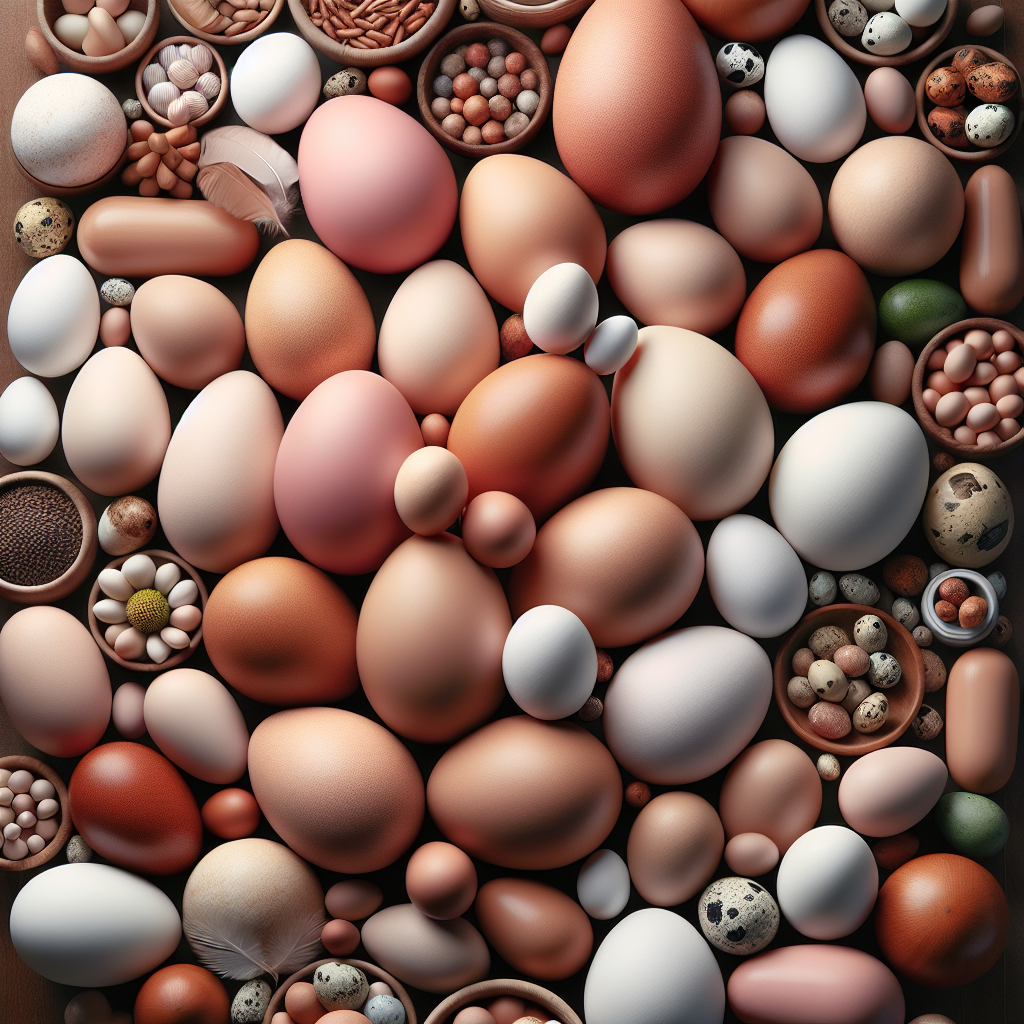Chickens may seem like simple creatures, but they possess a fascinating ability to communicate with each other through a variety of sounds. Whether it’s a series of clucks, squawks, or even a distinct “bawk,” chickens have a language all their own. In this article, we will explore the different ways in which chickens communicate and the meanings behind their common sounds. So, if you’ve ever wondered what your feathery friends are saying to each other, get ready to uncover the secrets of chicken communication!
Communication Patterns
Chickens, like many other animals, have their unique communication patterns. They use a combination of vocalizations and body language to express themselves and convey messages to other members of their flock. Understanding these communication patterns can allow you to better comprehend their needs, emotions, and interactions within the group.
Vocalizations
Chickens have a variety of vocalizations that they use to communicate with one another. These sounds can convey different meanings and are an essential part of their communication repertoire.
Clucking
Clucking is perhaps one of the most common and recognizable sounds made by chickens. It is a soft and rhythmic vocalization that is often associated with contentment and calmness. When chickens cluck, it generally indicates that everything is peaceful in their environment.
Cackling
Cackling is a more intense and higher-pitched vocalization made by chickens. It is often heard when a hen lays an egg. This loud and excited cackling serves as an announcement to the rest of the flock, letting them know that an egg has been laid. It can also be a signal of accomplishment or satisfaction.
Squawking
Squawking is a loud, harsh, and high-pitched vocalization made by chickens. It is usually an expression of distress, fear, or agitation. Chickens squawk when they feel threatened or when they are startled by a sudden sound or movement. It is their way of alerting the rest of the flock to potential danger.
Alarm Calls
Alarm calls are specific vocalizations made by chickens to warn others of imminent danger. These calls are loud, repetitive, and urgent, signaling an immediate threat. The whole flock responds to these alarm calls by seeking cover or taking flight to protect themselves from potential harm.
Purring
Contrary to what you might expect, chickens can also produce a soft purring sound. This gentle vocalization is often associated with relaxation and contentment. When chickens purr, it can indicate that they are feeling comfortable and at ease in their surroundings.
Clucking
Purpose
The purpose of clucking in chickens is multifaceted. Primarily, clucking serves as a form of communication within the flock. It conveys a sense of calm and tranquility, reassuring other birds that everything is fine. Clucking is often heard while chickens are foraging, socializing, or resting. It is a way for them to maintain social bonds and connectivity within the group.
Meaning
When chickens cluck, it can have different meanings depending on the context. In some situations, clucking can indicate satisfaction or contentment. It is often heard when chickens find a plentiful food source or when they are nesting. However, clucking can also serve as a warning signal. In certain circumstances, chickens may emit a harsher and more rapid clucking to alert others to potential danger.
Variations
While clucking is generally characterized by a rhythmic and soft sound, there can be variations in its pitch and intensity. Some chickens may have a higher-pitched cluck, while others may have a deeper tone. These variations can be influenced by the individual chicken’s size, age, and breed. Additionally, the speed and rhythm of clucking can change depending on the chicken’s emotional state or the message it is trying to convey.
Cackling
Purpose
The purpose of cackling in chickens is to announce a significant event, namely the laying of an egg by a hen. It allows the hen to alert the rest of the flock about her accomplishment and signals the availability of fresh eggs. Cackling also serves as a form of bonding among the chickens, as they acknowledge and celebrate the fruitful effort of their fellow flock member.
Meaning
Cackling is a unique vocalization that signifies productivity and success within the flock. It is an unmistakable sign that a hen has completed her reproductive cycle and has laid an egg. The cackling sound serves as a cue for other chickens to investigate and potentially share in the reward of a newly laid egg. It also reinforces the social hierarchy within the flock, as the hen who laid the egg gains some prestige and respect from her peers.
Variations
Cackling can vary in its intensity and duration. Some hens may have a more exuberant and vocal cackle, while others may have a softer and shorter burst of sound. The variations in cackling can depend on the individual hen’s personality, breed, and age. Older hens, for example, may have a more experienced and triumphant cackle, whereas younger hens may have a more timid and tentative cackle.
Squawking
Purpose
Squawking in chickens primarily serves as an alarm system to alert the flock to potential threats or dangers. It is a high-pitched and intense vocalization that grabs the attention of other chickens and prompts them to take action. Squawking allows the chickens to mobilize and respond quickly to protect themselves from predators or unfavorable situations.
Meaning
When a chicken squawks, it indicates a high level of distress, fear, or agitation. It is an urgent communication that demands immediate attention from the rest of the flock. The meaning behind squawking is clear – something is amiss, and the chickens need to be on high alert. It is a call-to-action for the flock to gather together, seek safety, and be prepared to face the possible threat.
Variations
The variations in squawking can be influenced by multiple factors, including the chicken’s personality, breed, and the severity of the perceived danger. Some chickens may have a piercing and prolonged squawk, while others may produce shorter and more sporadic squawks. The intensity and duration of squawking can serve as an indicator of the chicken’s perception of the threat level, with louder and longer squawks suggesting a more imminent danger.
Alarm Calls
Purpose
Alarm calls in chickens serve as a rapid and effective means of communication to warn the flock of immediate danger. They are designed to trigger a synchronized response from the entire group, allowing for a coordinated defense against potential threats. Alarm calls facilitate social cohesion and ensure the survival of the flock by enabling them to respond collectively to external risks.
Meaning
The meaning behind alarm calls is straightforward – imminent danger is present, and the chickens need to take action to ensure their safety. These calls indicate the need to be vigilant, escape from the danger, or band together to face a common threat. It is a call for unity and protection within the flock, emphasizing the importance of collective response in times of peril.
Variations
The variations in alarm calls can manifest in different intensities, durations, and patterns. Some alarm calls may be short and sharp, while others may be more prolonged and continuous. The variations can be influenced by the type of threat, the urgency felt by the chicken, and the specific conditions in which the alarm call is being made. Different individuals within a flock may also have slightly different variations in their alarm calls, creating a unique vocal tapestry that further enhances their communication effectiveness.
Purring
Purpose
Contrary to popular belief, chickens do exhibit a form of purring. The purpose of purring in chickens is to communicate a sense of relaxation, contentment, and tranquility. It is a vocalization associated with positive emotions and reflects the chicken’s overall well-being and satisfaction in its environment. Purring allows the flock members to reassure one another and maintain a harmonious social atmosphere.
Meaning
When chickens purr, it conveys a message of comfort, happiness, and fulfillment. It indicates that the chicken is experiencing a state of relaxation and contentment. Purring can often be observed during moments of rest, while chickens are basking in the sun or taking dust baths. It signifies that they are at ease and have no immediate concerns or stressors.
Variations
The variations in purring may not be as distinct as with other vocalizations, but slight differences in pitch, rhythm, and intensity can exist among individual chickens. Some chickens may have a more pronounced purr, while others may produce a softer and subtler sound. These variations can be influenced by factors such as the chicken’s personality, age, and overall health. Each chicken’s purring style is unique, adding to the richness and diversity of their communication repertoire.
Body Language
In addition to vocalizations, chickens also utilize body language as a way to express themselves and communicate with other members of their flock. Their body language consists of various movements and gestures, which play a crucial role in their social interactions and conveying different messages.
Feather Positioning
Feather positioning is an essential aspect of chicken body language. The positioning of their feathers serves as a visual cue to communicate their emotions, intentions, and overall state of being.
Raised Feathers
When a chicken raises its feathers, it often signifies aggression or territoriality. This distinctive display is particularly observed in roosters during their territorial disputes or when they are trying to establish dominance within the flock. Raised feathers make the bird appear more prominent and intimating, serving as a warning to other chickens to keep their distance.
Lowered Feathers
Conversely, when a chicken lowers its feathers, it is usually indicative of a more relaxed and non-threatening state. Lowered feathers create a streamlined appearance and can be observed when chickens are engaged in activities such as feeding or resting. It signals a lack of immediate concern or aggression and fosters a peaceful atmosphere within the flock.
Head Gestures
Head gestures in chickens provide valuable cues about their intentions, emotions, and interactions with others. These movements, often subtle but significant, contribute to their overall communication repertoire.
Head Bobbing
Head bobbing is a distinctive movement commonly observed in chickens. It involves rhythmic up-and-down motions of the head and neck. Head bobbing can have multiple meanings depending on the context. It can be a sign of curiosity and interest when chickens are investigating their surroundings or interacting with novel objects. It can also be a way for chickens to display enthusiasm or excitement, especially during feeding times or when anticipating treats.
Head Tilting
Head tilting is another intriguing head gesture in chickens. It involves the chicken tilting its head to the side, often accompanied by one eye being slightly closed. Head tilting is usually associated with attentiveness and focus. Chickens may tilt their heads when they are trying to better perceive or understand a specific sound or visual stimulus. It is a way for them to gather more information and assess potential threats or opportunities.
In conclusion, chickens have a diverse range of vocalizations and body language that they use to communicate with one another. Each vocalization and gesture serves a distinct purpose and conveys different meanings depending on the context. By understanding these communication patterns and cues, you can gain insight into the needs, emotions, and social dynamics of chickens. Building a strong rapport with your flock relies on your ability to decipher and respond appropriately to their various forms of communication. So, next time you hear a cluck, cackle, squawk, or purr, remember that chickens are using their language to connect with you and the world around them.




